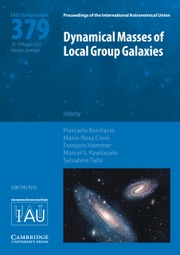No CrossRef data available.
Article contents
Extreme solar-terrestrial events
Published online by Cambridge University Press: 12 September 2017
Abstract
Extreme solar-terrestrial events are those in which very energetic solar ejections hit the earth?s magnetosphere, causing intense energization of the earth?s ring current. Statistically, their occurrence is approximately once per Gleissberg solar cycle (70-100yrs). The solar transient occurred on July, 23rd (2012) was potentially one of such extreme events. The associated coronal mass ejection (CME), however, was not ejected towards the earth. Instead, it hit the STEREO A spacecraft, located 120 degrees away from the Sun-Earth line. Estimates of the geoeffectiveness of such a CME point to a scenario of extreme Space Weather conditions. In terms of the ring current energization, as measured by the Disturbance Storm-Time index (Dst), had this CME hit the Earth, it would have caused the strongest geomagnetic storm in space era.
- Type
- Contributed Papers
- Information
- Proceedings of the International Astronomical Union , Volume 12 , Symposium S328: Living Around Active Stars , October 2016 , pp. 233 - 236
- Copyright
- Copyright © International Astronomical Union 2017




